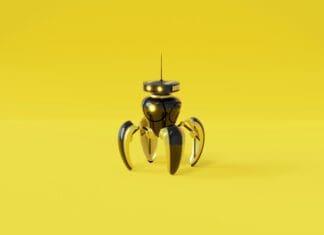This post is also available in:
 עברית (Hebrew)
עברית (Hebrew)
An Israeli company by the name of Steakholder Foods has developed the world’s first 3D bio-printer that can produce edible meat without any harm to animals.
By utilizing customizable bio inks, the company managed to produce a first of its kind fish product, all under lab conditions.
“We’re excited to be working with Umami Meats to develop 3D-printed structured fish products that have the same great taste and texture as traditionally caught fish, without harming the environment,” told Arik Kaufman, CEO of Steakholder Foods, to reporters.
“Having created a customized bio-ink that works effectively with Umami’s cells and optimized the taste and texture to meet the high standards of consumers, we anticipate expanding our collaborations to a greater variety of species with additional partners,” stated Kaufman to the Vegconomist. The firms are also collaborating on the development of 3D-printed cultivated eel.
The company is developing a slaughter-free solution for producing a variety of beef, and seafood products — both as raw materials and whole cuts — as an alternative to industrialized farming and fishing. With its membership in the UN Global Compact, Steakholder Foods is committed to act in support of issues embodied in the United Nations Sustainable Development Goals (SDGs) which include strengthening food security, decreasing carbon footprint, and conserving water and land resources.

























